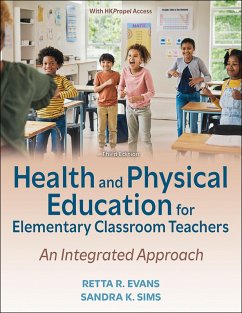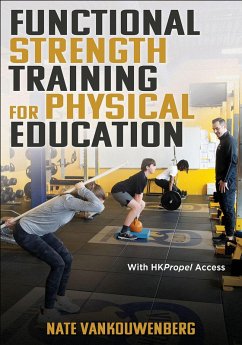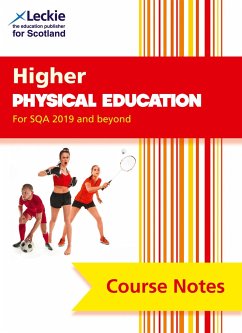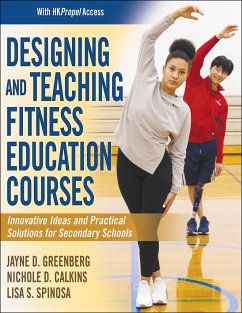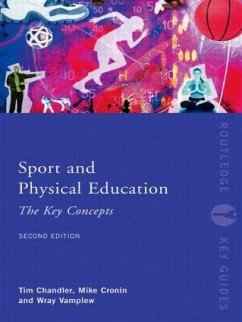Nicht lieferbar
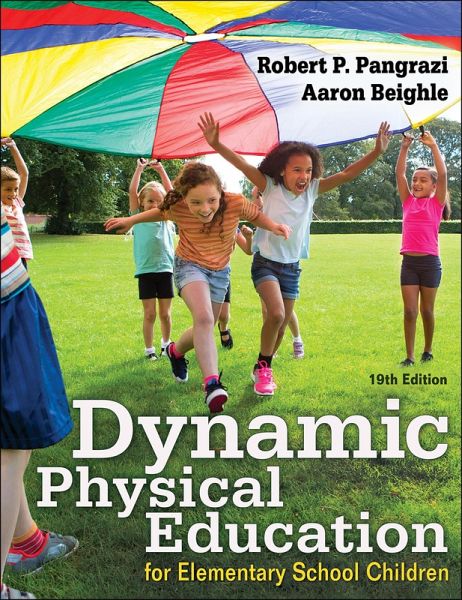
Dynamic Physical Education for Elementary School Children
Versandkostenfrei!
Nicht lieferbar
Dynamic Physical Education for Elementary School Children returns for its 19th edition. Elementary teachers are taught how to deliver quality and effective and physical education by teaching foundational, specialised sport skills and lifetime activities as well as helping children learn to have fun and be responsible in physical activity settings.




